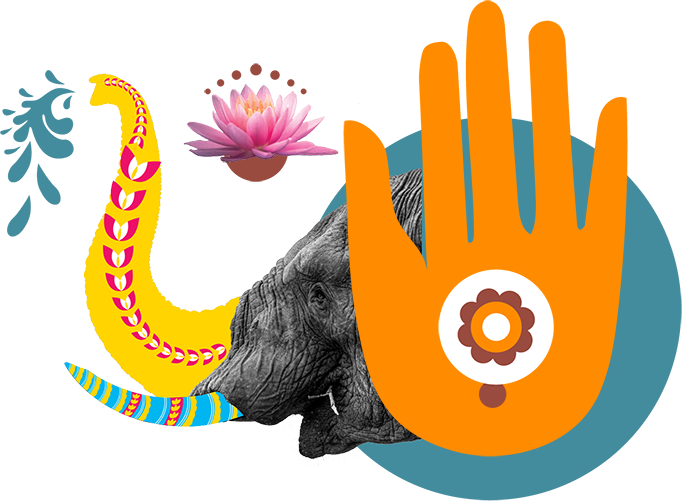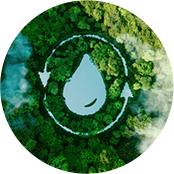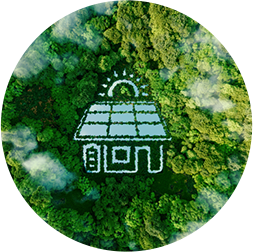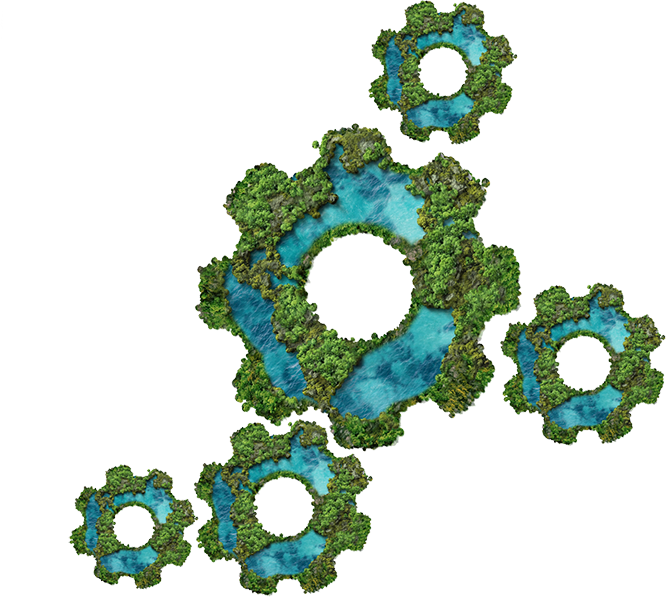What is ESG
ESG is a business benchmark in leadership. The acronym stands for Environment, Social and Governance. Organisations are evaluated on both financial and non-financial parameters for their ESG score.
A brief timeline
How we
reached here?
1950s-60s - Union Rights & Anti-War protests
1970s The Economist – Milton Friedman developed the Friedman doctrine, also called shareholder theory, which states that “an entity's greatest responsibility lies in the satisfaction of the shareholders.”
1997 – John Elkington in his book Cannibals with Forks: The Triple Bottom Line of 21st Century Business, articulated the phrase Triple Bottom Line People, the social equity bottom line Planet, the environmental bottom line Profit, the economic bottom line
1992 – The Earth Summit, in Rio de Janeiro, 154 countries signed the environment treaty
1997 – Kyoto Protocol, 192 countries pledged to limit and reduce their GHG emissions







2000 - Millennium Summit of UN, adopts 8 International Development Goals. The commitment was to achieve those goals by the year 2015
2015 - Paris Agreement led to the development of the UN Sustainable Development Goals
2020 - COVID-19 brought many social divisions forefront. Organizations were forced to introspect internally and externally
2021 - Larry Fink, CEO of BlackRock along with many other Funds, pressed on urgency how businesses should engage with the communities
2022 - SEBI- made business responsibility and sustainability reporting (BRSR) compulsory for the top 1,000 listed firms by market capitalization from 2022-23
Why align your business with sustainability, ESG, SDG or any such acronym?
SDG - Sustainable Development Goals
ESG – Environmental, Social & Governance
Sustainability is not some new buzzword lingo. It is changing and will change the way businesses are traditionally done. Adapting earlier than later would benefit any organisation on multiple levels:
- Attract talent and improve employee retention
- Deliver greater shareholder returns
- Access to Capital
- Drive higher profitability
- Mitigate risk and build resilience
- Increase customer loyalty & safeguard brand integrity
- Brand and Competitive Advantage
- Champions of the Planet
Where does it start?
- Stakeholder outreach – Internal & External
- Identify your Materiality Impact & getting the assessment done by a proven framework
- Prioritizing the impacts that business will target to offset and mapping them to SDG Goals
- Developing an action plan and getting it to work
- Engagement Management to validate the plan’s efficacy
- Stakeholder feedback
- Celebrate it with the world
Let’s make the world a better place for today and future generations to come.








How can UCID partner with you in your journey to becoming sustainable?



Uncovering Strategy
The opportunity gets assessed by understanding the materiality. This along with stakeholder input act as the first step to developing the strategy. We look at definable goals, and competitive landscaping, and devise a strategic framework creation.
Creating a short and long-term plan
The opportunity gets assessed by understanding the materiality. This along with stakeholder input act as the first step to developing the strategy. We look at definable goals, and competitive landscaping, and devise a strategic framework creation.
Initiating communication with stakeholders
As the brand embarks on the journey, at times there is a need to revisit a Brand’s mission, purpose, values, and vision. Along with this mapping the audience, designing non-digital and digital assets, communication focused on all stakeholders (internal & external) and execution strategy.
Directing Engagement
The engagements have to inspire everyone, champion thought leadership and raise awareness of the sustainability goals. These must start first internally with employee engagement, a relooking at the culture of the brand, and a conversation with the leadership teams. Internal realignment makes our external efforts sharper and clearer. The external conversations keep experiential and humane aspects in mind. Thus, all the properties, platforms and content would have that soul.
Some important Terminologies
Materiality Assessment
Every Business has a value chain and stakeholders. Analysing how every step of the business affects positively or negatively the organisation's growth, credibility, and faith, along with the importance of such activities to the stakeholder. Such a mapping would help a business prioritize the issues that they need to address.
Offset
It is a practice by which a business tends to negate its adverse impact on its ESG Goals. If a business harms the environment, then it can offset it by using greener technology or moving towards renewables as energy sources. If a business has dangerous working conditions, it can offset that risk by investing in training, safety measures, and automation to avoid the possibility of such a risk.
ESG
Environmental, Social & Governance – All the business activities create a ripple through these three ecosystems. The actions undertaken by an organization's corporate interests leave sustainable and ethical impacts. Measuring such nonfinancial impacts give value to the corporate’s sustainability goals.
SDG
United Nations explains it the best: The 2030 Agenda for Sustainable Development, adopted by all United Nations Member States in 2015, provides a shared blueprint for peace and prosperity for people and the planet, now and into the future. At its heart are the 17 Sustainable Development Goals (SDGs), which are an urgent call for action by all countries - developed and developing - in a global partnership. They recognize that ending poverty and other deprivations must go hand-in-hand with strategies that improve health and education, reduce inequality, and spur economic growth – all while tackling climate change and working to preserve our oceans & forests.
The 17 sustainable development goals (SDGs)
to transform our world

No
Poverty

Zero
Hunger

Good Health
& Well-being

Quality
Education

Gender
Equality

Clean Water
& Sanitation

Affordable
& Clean
Energy

Decent Work
& Economic
Growth

Industry,
Innovation &
Infrastructure

Reduced
Inequality

Sustainable
Cities and
Communities

Responsible
Consumption &
Production

Climate
Action

Life Below
Water

Life on
Land

Peace, Justice
& Strong
Institutions

Partnerships
to achieve
the Goal

To know more about UN SDG Goals -
https://sdgs.un.org/goals
To understand each of the 17 Goals -
https://www.un.org/development/desa/disabilities/envision2030.html